Why do students have to extend their training time?
Associate Professor Dr. To Van Phuong, Head of Training Department of Nha Trang University, said that there are many reasons why many students have to extend their training time.
The common reason is poor academic performance, having to retake many courses, especially foreign languages. Others are discouraged because the major does not match their interests or abilities.
Some students, due to financial difficulties, register for fewer credits each semester to have time to work part-time, cover tuition and living expenses.
Sharing the reasons why students do not graduate on time, Mr. Pham Thai Son, Director of the Admissions Center of Ho Chi Minh City University of Industry and Trade, said that in addition to studying, many students also work part-time, affecting their learning progress. More importantly, they often do not pay attention to the training process, owe English and IT requirements, and do not fully understand the specifics of their major.
According to Mr. Son, if we look at the on-time graduation rate, we can see that engineering and technology majors often have lower rates than economics, management, languages, etc. This is not because students are poor students, but because they are learning how to build a “bright future”, not just to “pass the course”.
“The amount of fundamental knowledge of engineering, technology, electricity - electronics, mechanics, automation, information technology... is huge, all knowledge of Mathematics, Physics, Chemistry, Biology. Studying here is not just to remember, but to understand, apply, simulate, manufacture, test, fail, and then do it again,” Mr. Son analyzed.
Mr. Son added that engineering and technology programs often have difficult cumulative subjects, many practical courses, strict assessment standards, and long experimental periods, which affect learning progress. “Just one ‘off-beat’ semester can prolong the entire school year,” he said.
In addition, although STEM education only includes four fields: Science - Technology - Engineering - Mathematics, it requires integrated thinking and practical application. Students studying STEM must experiment, create, make mistakes and then correct them to create something new. However, many people only "hear about STEM" without actually experiencing it, making learning heavy, uninspiring, and easily "dropping out" halfway.
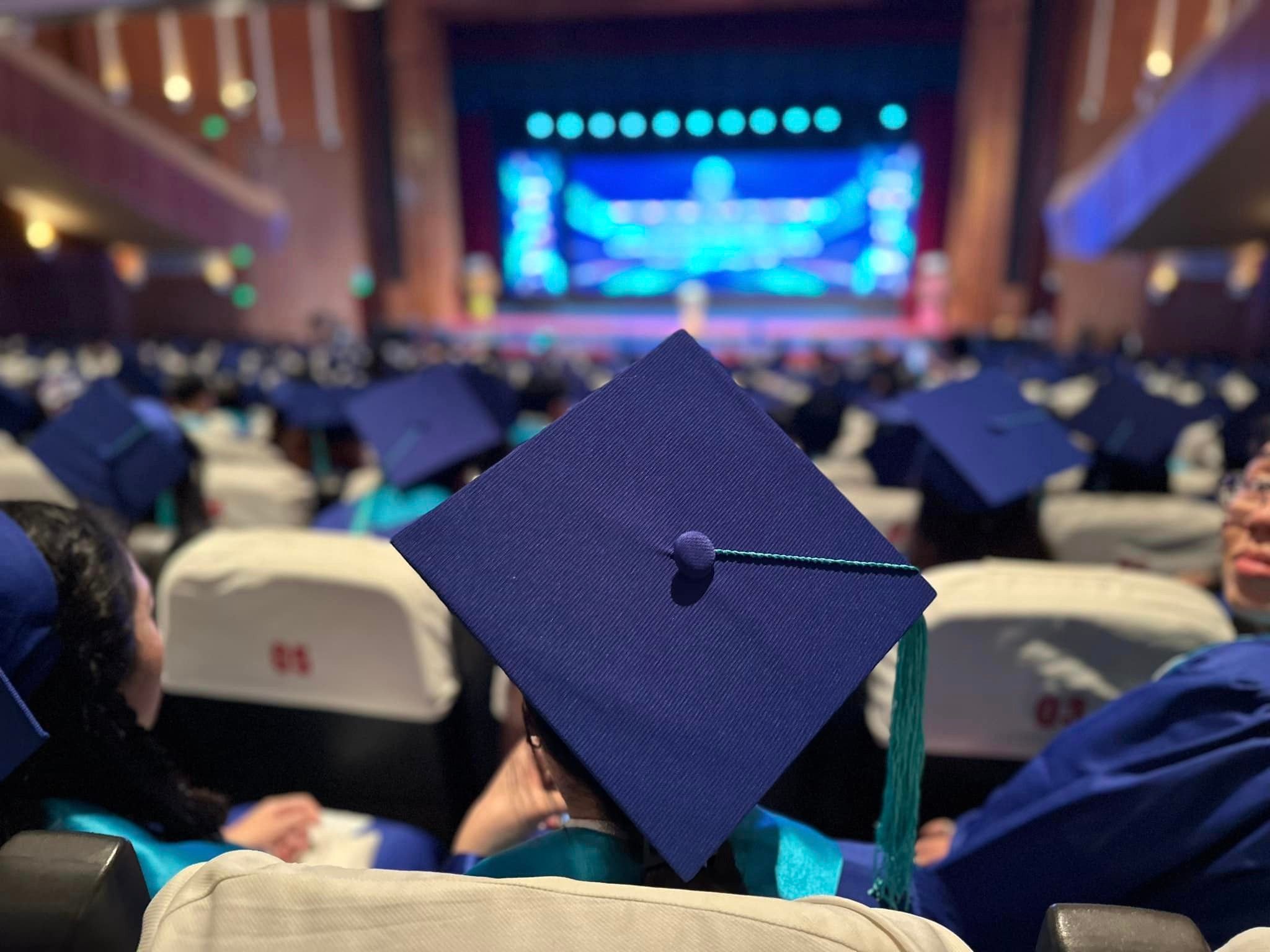
Mr. Son proposed a number of solutions such as: Redesigning the training program towards STEM, reducing the number of theory hours, increasing practice - projects - simulations, adding modules related to business needs, building an active learning environment in labs, manufacturing workshops, innovation centers, hackathon programming competitions, and startup studios.
Students in engineering and technology need their own study path, knowing which subjects are “essential” and which are “key” to allocate study-work-break time reasonably. More importantly, change your mindset: studying engineering and technology is not for those who are afraid of difficulties. “If students love creating real value, then that is the path that gives you the opportunity to truly shine,” Mr. Son emphasized.
“The low on-time graduation rate is not a weakness, but a measure of the authenticity of the learning process. Engineering and technology require more, but also give more in return – that is, creative thinking, practical skills and the ability to create the future. In a world where everyone is looking for shortcuts, the one who chooses the difficult path is the one who understands the true value of knowledge,” said Mr. Son.
How long does it take for a student to be forced to drop out of school?
According to Circular No. 17/2021/TT-BGDDT, the current university program has 120 credits, plus the amount of physical education and national defense and security according to current regulations.
For specialized specialized programs, the total volume is 150 credits, plus physical education and national defense and security; or 30 credits for those who already have a university degree in the same field.
From the above regulations, each school builds its own training schedule, usually lasting 3.5-4 years for a 120-credit program, which can be flexible according to industry characteristics.
Applied fields can shorten the time; while specialized programs such as engineering, medicine (150 credits) often require courses of 4 to 4.5 years, even 6 years for medical fields.
Regarding training time, Circular 08/2021 of the Ministry of Education and Training stipulates that the maximum time for students to complete the course is stated in the regulations of each training institution, but does not exceed 2 times the time according to the standard study plan for the entire course for each training form. For students who have been exempted from a part of the credits, the maximum time is calculated to be reduced corresponding to the exempted volume.
So it can be understood that: 3.5 year major has a maximum training period of 7 years; 4 year major has a maximum training period of 8 years; 5 year major has a maximum training period of 10 years; 6 year major has a maximum training period of 12 years. After this period, students will be forced to drop out of school.
“Extending the study time not only reflects the ability but also demonstrates attitude and adaptability. In an open university environment, students need to proactively manage their progress, clearly understand the program requirements and maintain motivation until the end. Extending the training time may be a temporary option, but if they cannot control their progress, students can easily lose their opportunities,” said Mr. Pham Thai Son.
Source: https://vietnamnet.vn/sinh-vien-de-keo-dai-thoi-gian-dao-tao-khi-nao-bi-buoc-thoi-hoc-2449575.html


![[Photo] National Assembly Chairman Tran Thanh Man holds talks with President of the Senate of the Czech Republic Milos Vystrcil](/_next/image?url=https%3A%2F%2Fvphoto.vietnam.vn%2Fthumb%2F1200x675%2Fvietnam%2Fresource%2FIMAGE%2F2025%2F11%2F21%2F1763715853195_ndo_br_bnd-6440-jpg.webp&w=3840&q=75)
![[Photo] General Secretary To Lam receives President of the Senate of the Czech Republic Milos Vystrcil](/_next/image?url=https%3A%2F%2Fvphoto.vietnam.vn%2Fthumb%2F1200x675%2Fvietnam%2Fresource%2FIMAGE%2F2025%2F11%2F21%2F1763723946294_ndo_br_1-8401-jpg.webp&w=3840&q=75)

![[Photo] President Luong Cuong receives Speaker of the Korean National Assembly Woo Won Shik](/_next/image?url=https%3A%2F%2Fvphoto.vietnam.vn%2Fthumb%2F1200x675%2Fvietnam%2Fresource%2FIMAGE%2F2025%2F11%2F21%2F1763720046458_ndo_br_1-jpg.webp&w=3840&q=75)
![[Photo] Visit Hung Yen to admire the "wooden masterpiece" pagoda in the heart of the Northern Delta](/_next/image?url=https%3A%2F%2Fvphoto.vietnam.vn%2Fthumb%2F1200x675%2Fvietnam%2Fresource%2FIMAGE%2F2025%2F11%2F21%2F1763716446000_a1-bnd-8471-1769-jpg.webp&w=3840&q=75)



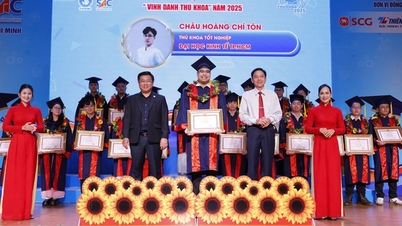



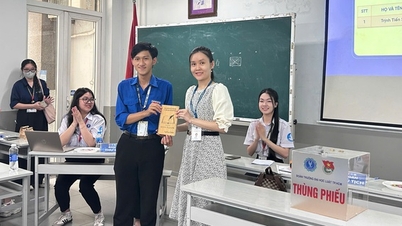
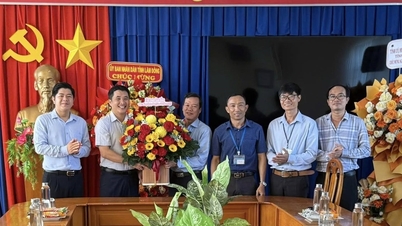

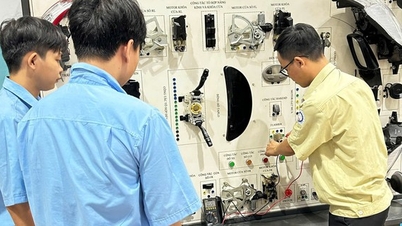
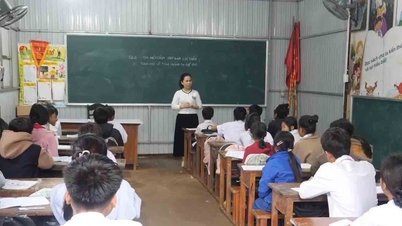













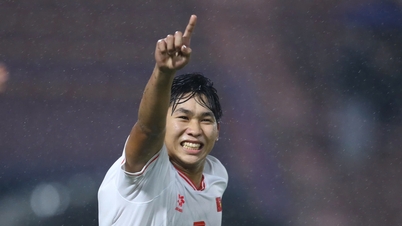












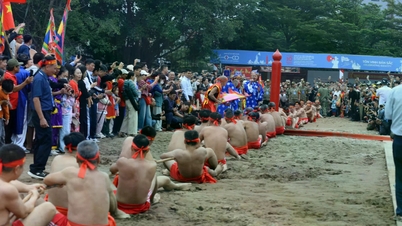










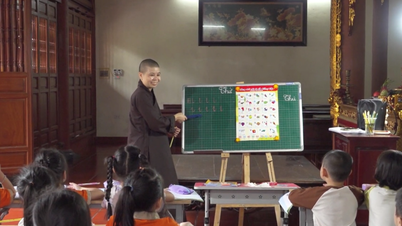









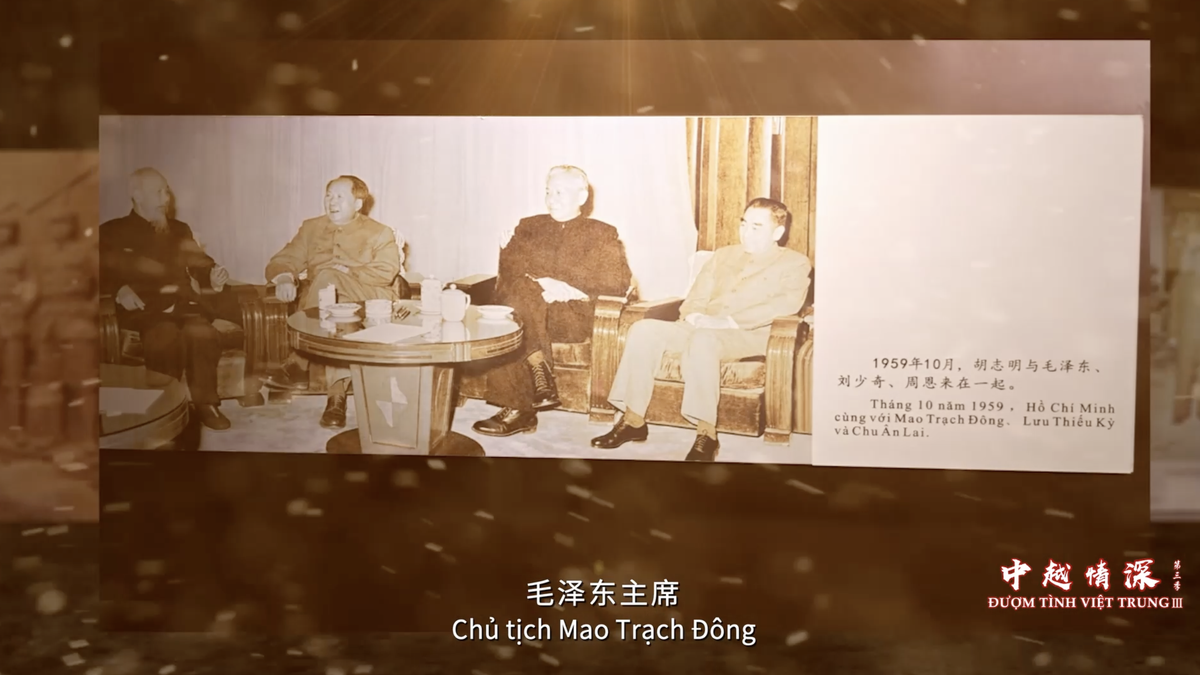











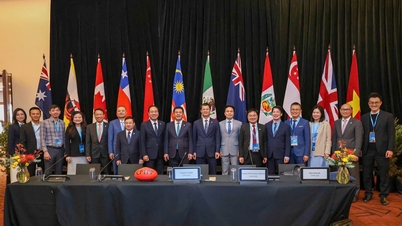















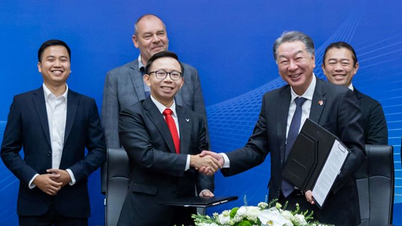









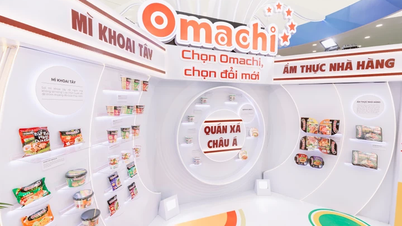







Comment (0)